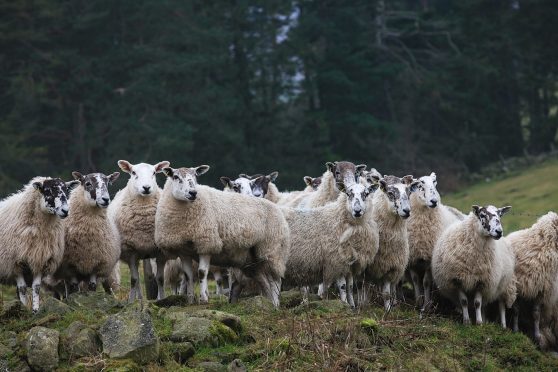Farmers and crofters are being given advice on how to develop a worm control plan for their sheep.
Quality Meat Scotland (QMS) has teamed up with its counterparts in England and Wales to publish the free 28-page Worm Control in Sheep guide.
It sets out the steps shepherds should take to ensure any new or returning sheep coming on to their farm or croft do not bring resistant worms with them.
QMS said the information in the guide was particularly relevant now at a time when major sheep sales are taking place across the country and thousands of sheep are being moved to new locations.
The organisation’s knowledge transfer specialist, Heather McCalman, said it was hoped the guide would help minimise the potential build-up of wormer resistance, also known as anthelmintic resistance, in the Scottish sheep industry.
“There are increasing levels of anthelmintic resistance resulting both from intensive grazing of ‘sheep only’ pastures and from a reliance on heavily used products,” said Ms McCalman.
“There are a range of tactics to use – from the clean and safe grazing offered by silage aftermaths, simply grouping lambs by age and the use of bioactive forages like chicory – which can all contribute to a strategic approach to anthelmintic treatment and worm control.”
The wormer guide emphasises the importance of choosing the right product for the right animal at the right time.
It also provides advice on managing worms through grassland management and how best to assess and reduce pasture risk.
Andrew Baillie, of Carstairs Mains Farm in Lanarkshire, has successfully used grazing management and faecal egg counts (FECs) to reduce the need for anthelmintics.
By using regular FECs as a tool to reduce the number of times lambs were treated, Mr Baillie saved £800 in anthelmintics for the 600 lambs and the 400 ewes in the first year of adopting this practice, whilst maintaining average lamb growth rates of 200-300g per day.
